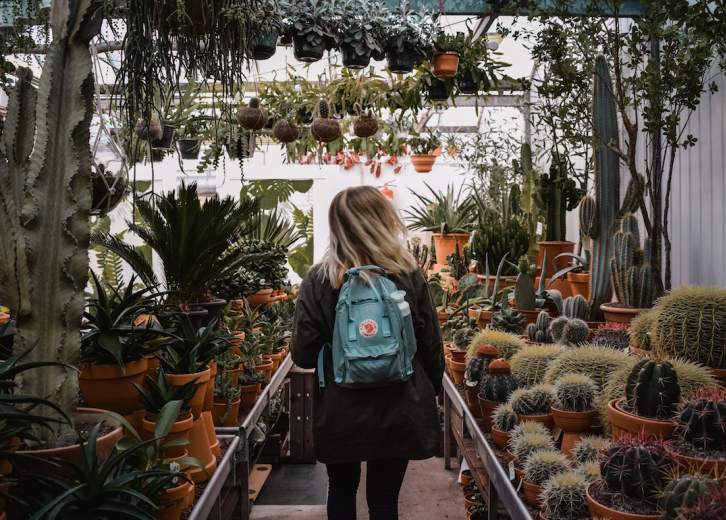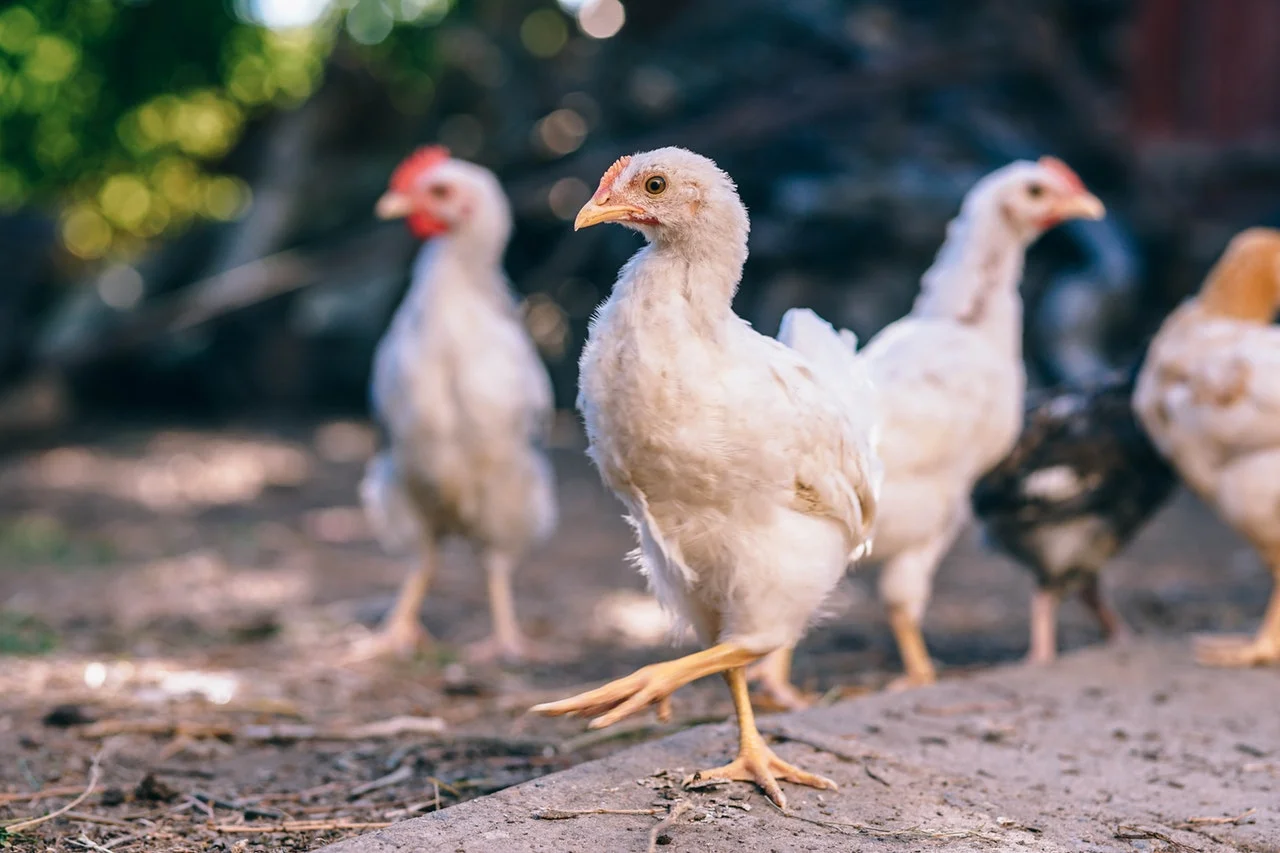By Nicole Caldwell for Stacker
Ancient civilizations thrived in relation to their proximity to food sources thousands of years before the global food trade our world relies on today. Eridu (present-day Tell Abu Shahrain in Iraq), founded in Mesopotamia along the Fertile Crescent’s Euphrates River around 5400 B.C., was believed by the Sumerians to be the first city in the world, and integrated urban farming into the city’s design itself. Examples throughout history show the rise of new civilizations in direct proportion to food and water sources.
As trade routes opened up around the world, farmers could specialize in raising specific foods to trade with other specialists in different regions. The Industrial Revolution in the 18th and 19th centuries further bifurcated cities and food sources by automating farming processes, dramatically increasing production, and making the international transportation of fresh foods a reality.
Since then in American history, proximity to food sources has fluctuated. During World War II, private residents started Victory Gardens that by 1944 accounted for 40% of U.S. produce. The country’s community gardens—neighborhood plots where people work together to raise food—have spiked in the past decade, with a 44% jump in city garden plots between 2012 and 2018. Community gardens springing up in empty lots in cities across the country offer inspiration for fresh approaches to urban revitalization in places like Detroit, where 23,000 residents participate in urban gardens, 1,500 residents have private gardens, and 16.75% of the city’s land is considered vacant.
Urban gardens can provide nutritious resources for residents who otherwise live in food deserts (areas without convenient access to fresh, whole foods, usually because of a lack of grocery stores and farmers markets, often in impoverished parts of cities or remote locations), provide children and adults with an education in self-sufficiency, and reduce food costs for individuals and families.
For those interested in getting into urban gardening, Stacker used a variety of agriculture and gardening resources to compile a list of 25 tips to get you started—from plant selection and garden location to essential tools for the job.











